Imagine having a groundcover that isn’t just ornamental, it’s edible. It’s not just edible in a survival sense, but something worth growing en-masse and collecting bowls full of them.
I’ve been familiar with their relative, Fragaria vesca, since I was a child. That circumboreal species is popular in Poland, known as “Poziomki,” and we would collect them and mix them with a sweetened cream as dessert.
Fragaria virginiana has been equally popular here in the US with those familiar with it for centuries. I remember reading a book to my children when they were younger titled Strawberry Thanksgiving, by Indigenous Author Paulla Dove Jennings. The full moon in June is known as the Strawberry Moon by many Indigenous tribes. If you live in Rhode Island, you can attend the annual Strawberry Thanksgiving hosted by the Tomaquag Museum.
In her book Braiding Sweetgrass, Robin Wall Kimmerer tells the story of Skywoman and her daughter she carried in her womb when she fell from Skyworld. Skywoman’s daughter died in childbirth, and when Skywoman buried her, revered plants grew from her body.
“The strawberry arose from her heart. In Potawatomi, the strawberry is ode min, the heart berry. We recognize them as the leaders of the berries, the first to bear fruit.”
I’m currently in the process of planting a bunch of them in an opening in my woods, where I am hoping to establish an American plum grove. The strawberries would fill in as an edible ground cover at the base of the American plums. While I do have a more conventional cottage garden style “food forest” next to the house, in the woods it’s all native plants.
Benefit to Habitat
It’s a good thing these plants spread, because it would take a good number of plants to provide you with enough to snack on and share with wildlife. Or maybe it’s the other way around, that they’d leave you with a few to enjoy after they’ve had their fill. Fragaria are also the only host of the specialist bee Andrena (Micandrena) melanochroa.
How To Grow Your Strawberries
I’d been trying to figure out how to repurpose a number of hanging planters that I salvaged. While potting the strawberries in pint pots, I remembered that planting strawberries in hanging baskets is a popular way to grow them. Usually gardeners plant cultivated garden strawberries, but you can plant native ones in this manner as well. If you don’t have room to plant an infinitely-expanding groundcover, you can still enjoy this wild edible. You can plant the offsets back in the top to root and fill in, cutting the stolons after they root. Or root them and share them with others.
Since I only had a few of these hanging baskets, those are available in very limited quantity. You can also purchase the plants and repurpose your own hanging baskets.
If you do have room, and don’t mind the fact that plants don’t care about our boundaries, plant them as a groundcover. Yes, they will spread infinitely, but they grow densely enough to suppress weeds. One or two may still make their way in, but it will be far less than without a groundcover. Although these do best in full to part sun, they can grow in light shade, which will suppress their spread to some extent.
Overwintering Hanging Baskets
These strawberries are hardy to zone 5, so the baskets should be able to get through our zone 7 winters with relative ease. I’d still recommend putting them on the ground and possibly covering with a permeable cover that would allow sun and water to get through. This would give you the best chance of success with overwintering the hanging baskets. You can then hang them back up in early spring to enjoy in the coming year.

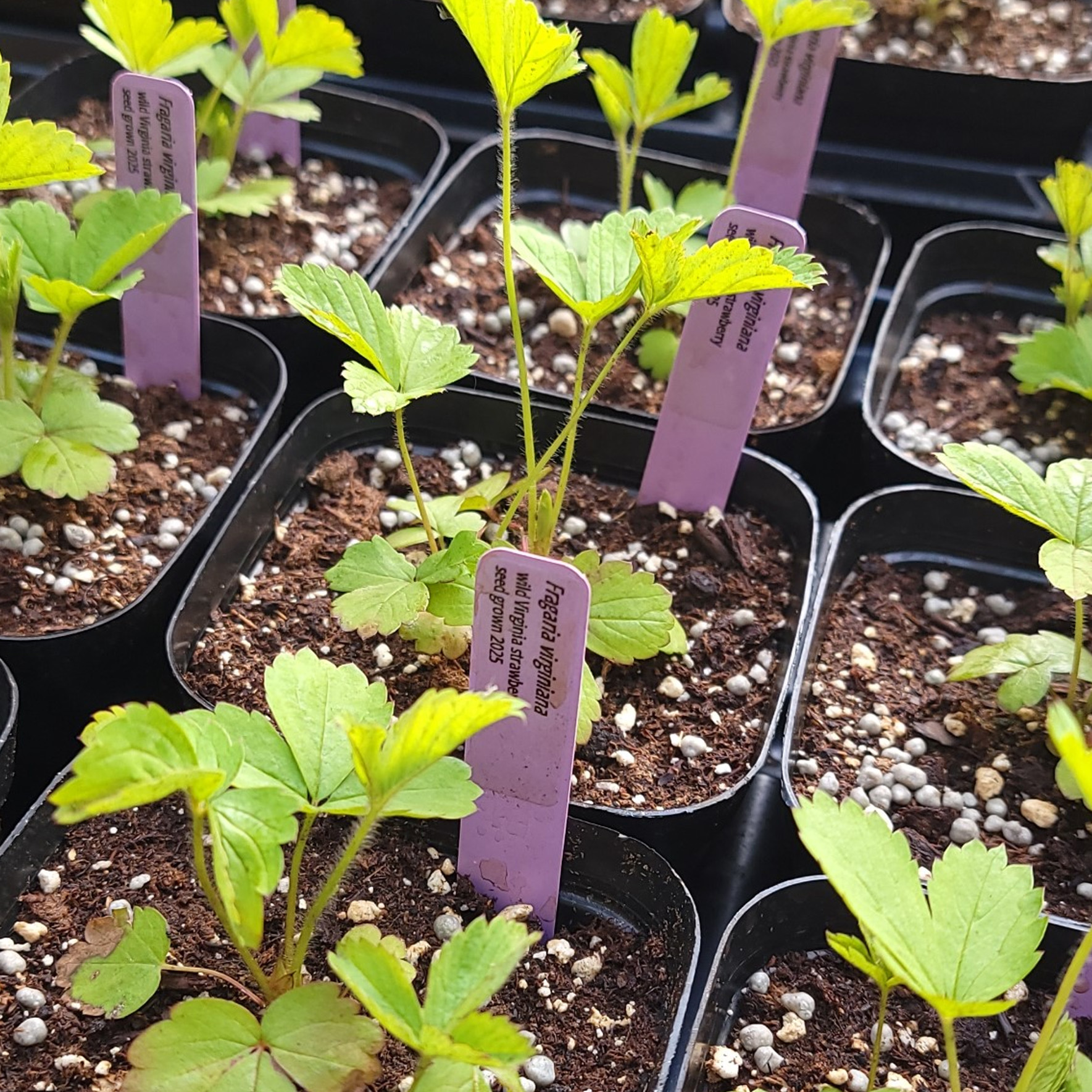
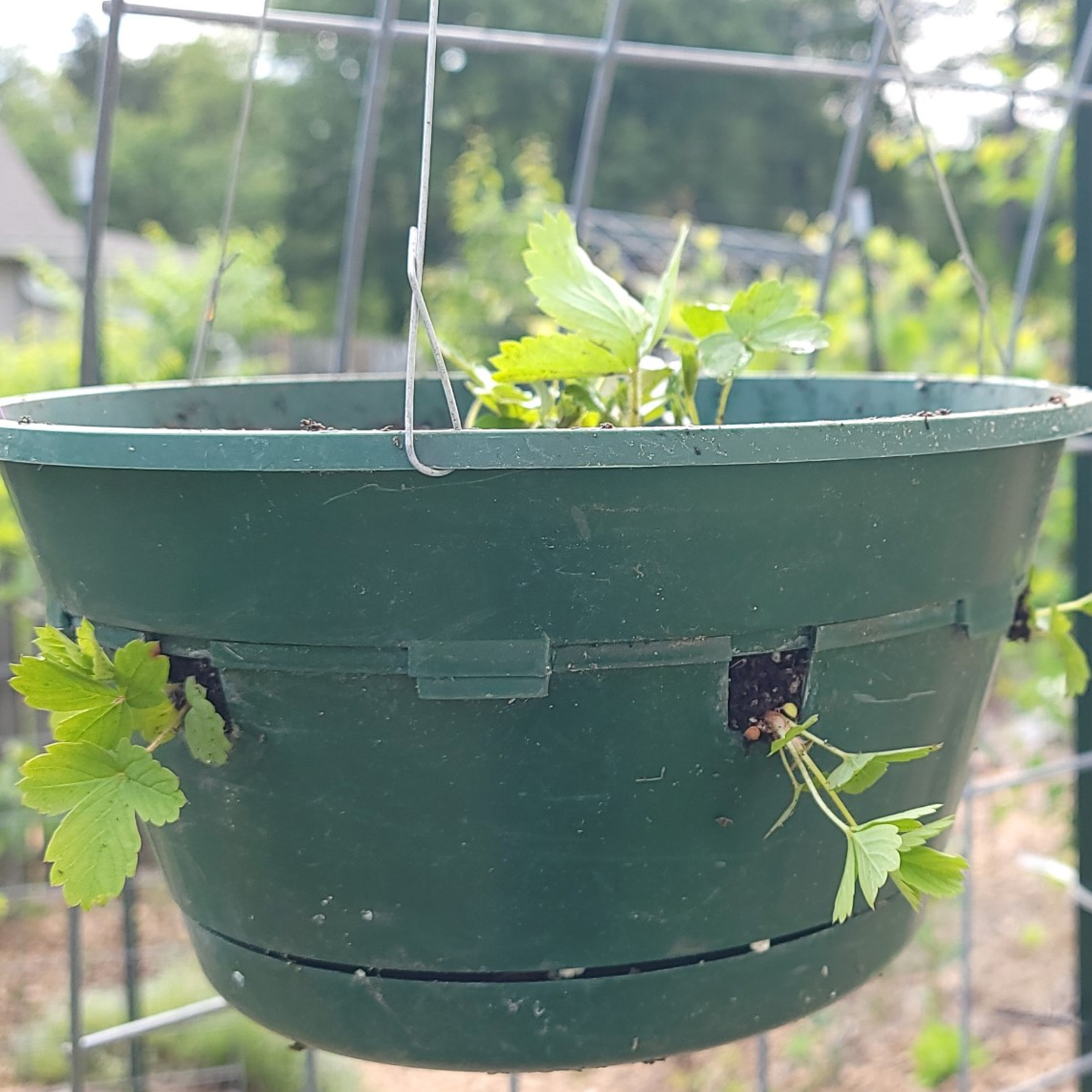











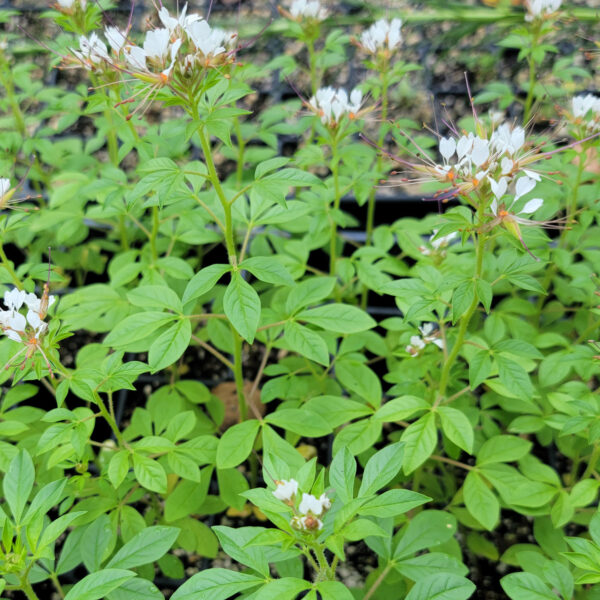




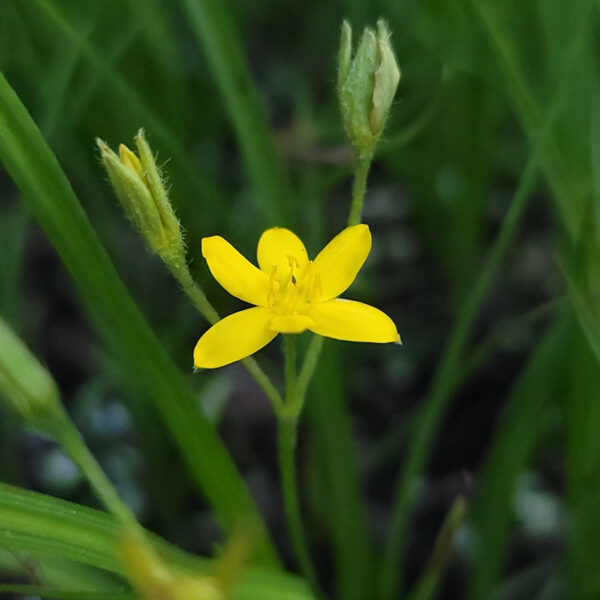


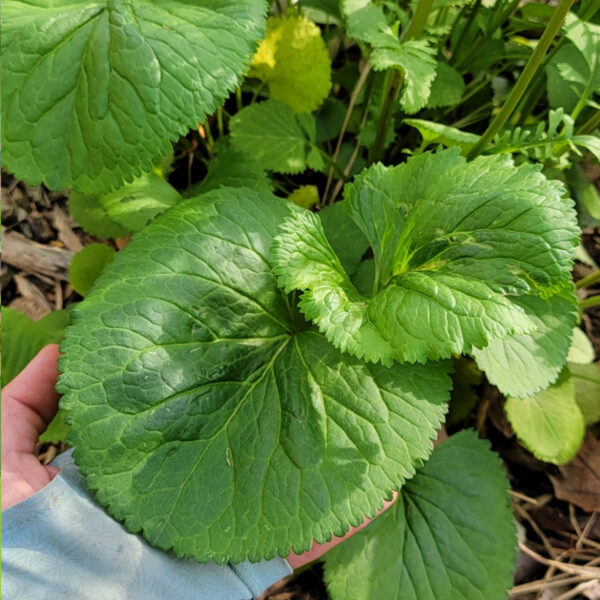


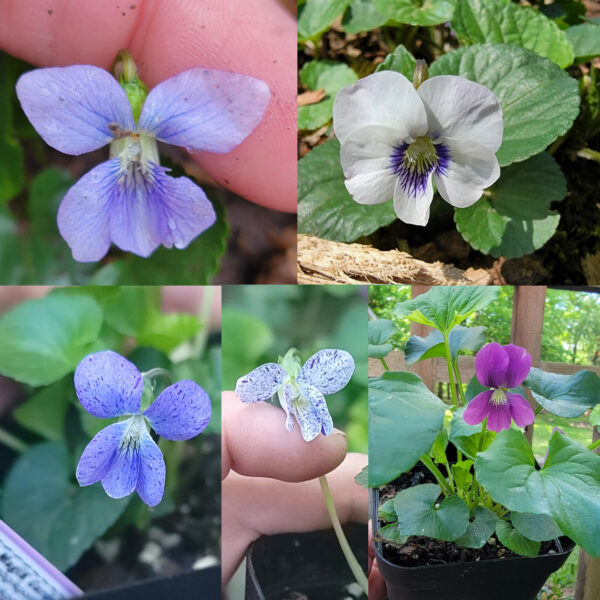
Reviews
There are no reviews yet.